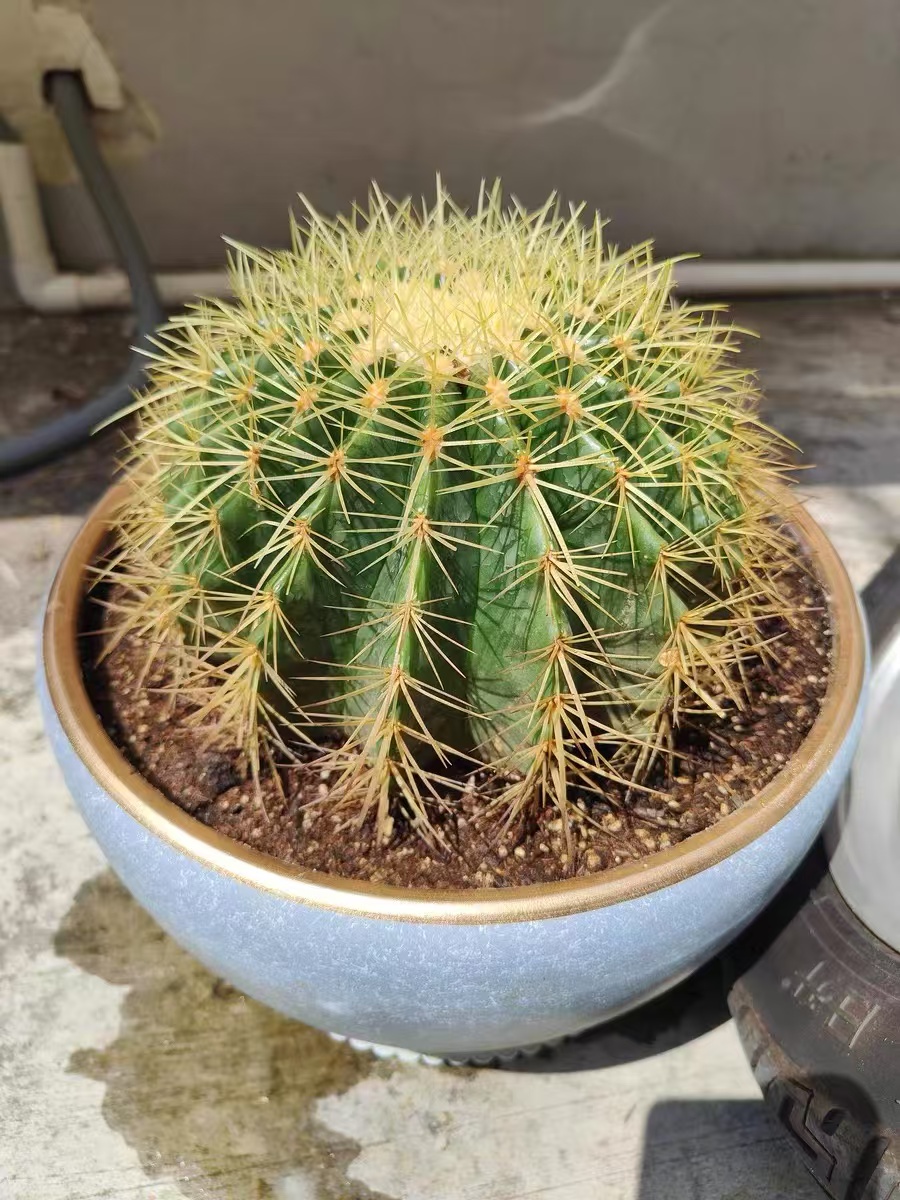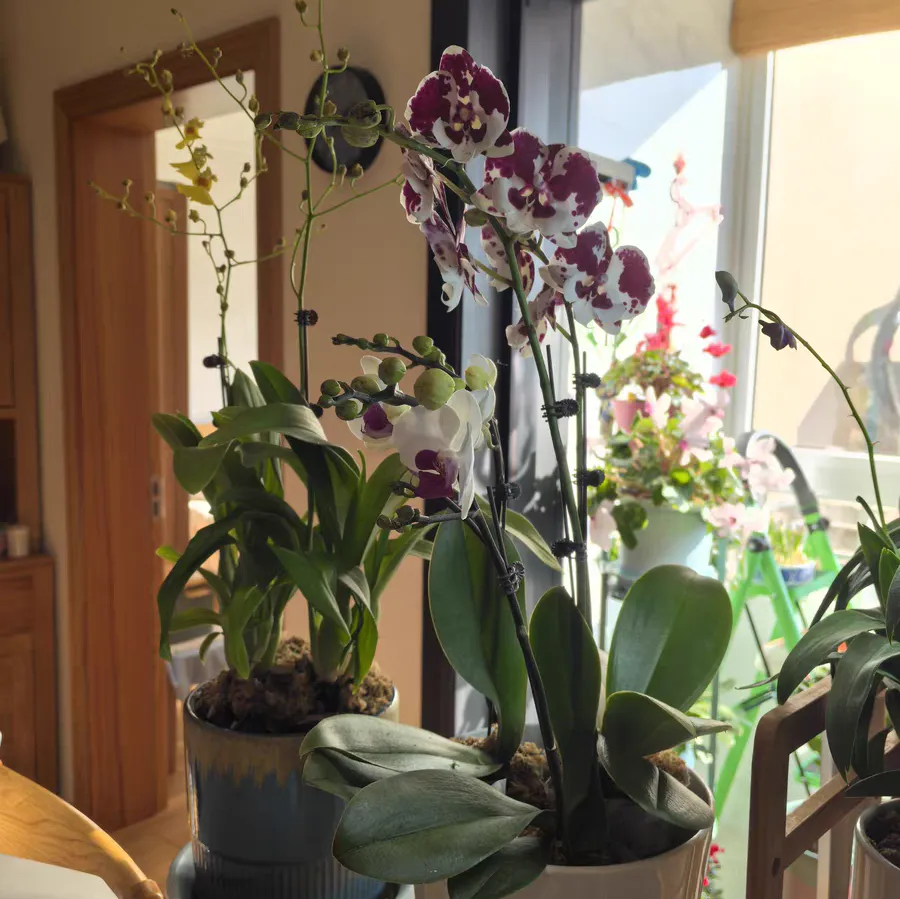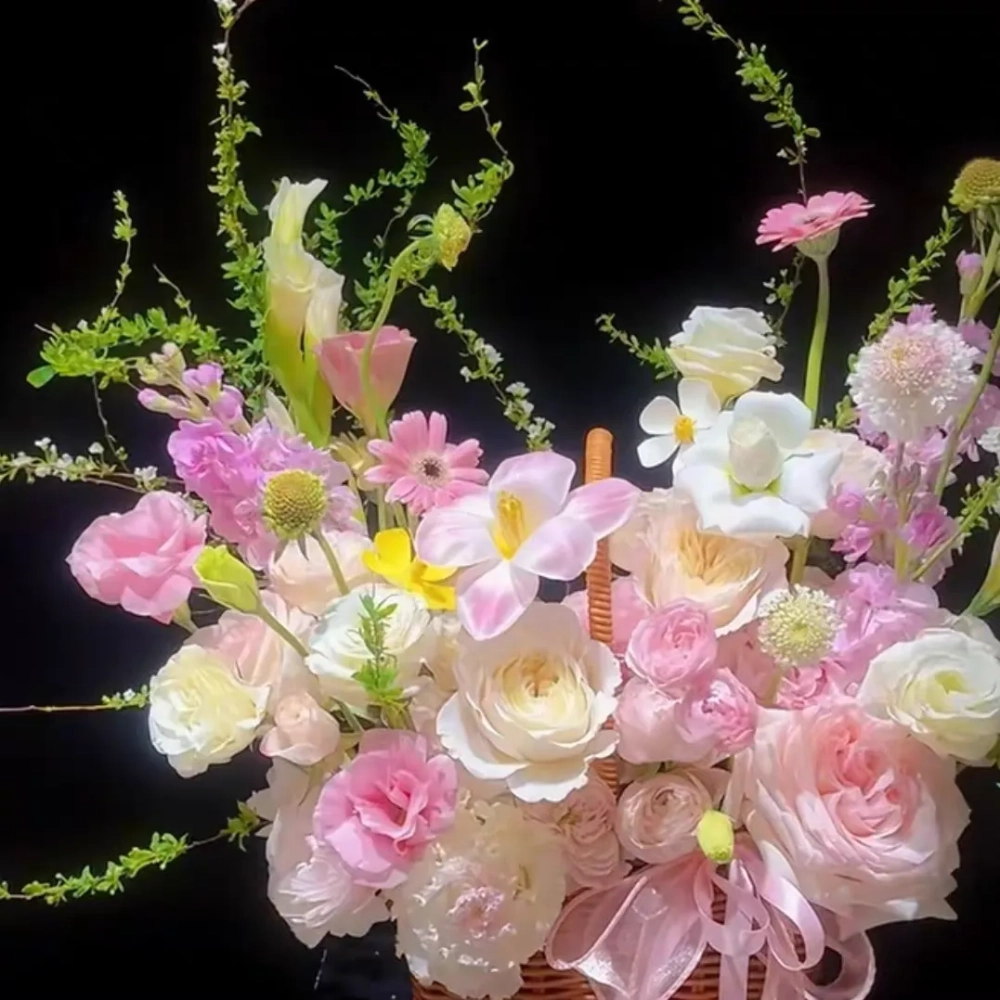In the world of horticulture, cacti have always occupied a place with their unique forms and ease of care. Today, let's get to know four common varieties of cacti together. Each type of cactus has its own unique charm and care characteristics. I hope this introduction will help you better understand and choose the cactus variety that suits you.
Lophophora williamsii
Lophophora williamsii is a perennial succulent plant of the Cactaceae family and the Lophophora genus. It is native to southwestern Texas in the United States to Mexico, mainly growing in the Chihuahuan Desert, Tamaulipas, and San Luis Potosí. The body of Lophophora williamsii is oblate or spherical, with a dark green or gray-green epidermis. The top is mostly hairy, and the areoles have white or yellowish-white hairs. The spines are degenerated and replaced by woolly hairs. Its flowers are small and short-lived, with a diameter of about 1 cm, light red in color. The fruits are club-shaped, red or pink. Lophophora williamsii not only has ornamental value but also certain medicinal value, and it is easy to cultivate, being an outstanding one among the spineless cacti.
Astrophytum asterias
Astrophytum asterias, as its name suggests, is a spineless cactus with white stellate woolly hairs on the areoles. Its shape is like a small pumpkin, which is very cute and is a favorite style among girls. The body of Astrophytum asterias not only has a unique shape but also has relatively large flowers when blooming, with extremely high ornamental value. Its care method is relatively simple, suitable for cactus lovers who like cacti but are afraid of being pricked by spines.
Echinocactus grusonii
Echinocactus grusonii is a perennial succulent plant of the Echinocactus genus in the Cactaceae family. The body of Echinocactus grusonii is emerald green, with rigid and golden spines, looking majestic and magnificent. It is one of the most ornamental representative species among the spherical species of the Cactaceae family. However, Echinocactus grusonii is not easy to flower and may take more than a decade to bloom. It likes a warm, dry and sunny environment, is intolerant to low temperatures, and avoids waterlogging. It prefers loose, fertile sandy loam containing calcareous materials. Echinocactus grusonii not only has ornamental value but also can absorb carbon dioxide and release oxygen at night, playing a role in purifying the air.
Gymnocalycium baldianum
Gymnocalycium baldianum is one of the most common and prevalent cactus varieties in the horticultural world. Its most prominent feature is its fast growth rate and large number of flowers. If properly cared for, it will bloom continuously throughout the year. The flower colors are also relatively rich, and it is hailed as the "flowering machine" among cacti. Most of the spines of Gymnocalycium baldianum point downward and there are no small spines, so it is not easy to prick hands. The only possible drawback is that the flowering period of a single flower is not long, but this is also a common problem of most cacti. Gymnocalycium baldianum has won the love of many horticultural enthusiasts with its rich flower colors and continuous flowering ability.
The above is the introduction of four common cactus varieties. Whether you are a novice in horticulture or a seasoned enthusiast, you can find the one that suits you among these varieties. I hope this introduction will help you better understand the world of cacti and enjoy the fun brought by horticulture.
What are the common varieties of cacti?

Share with
Tagged in :




Leave a Reply